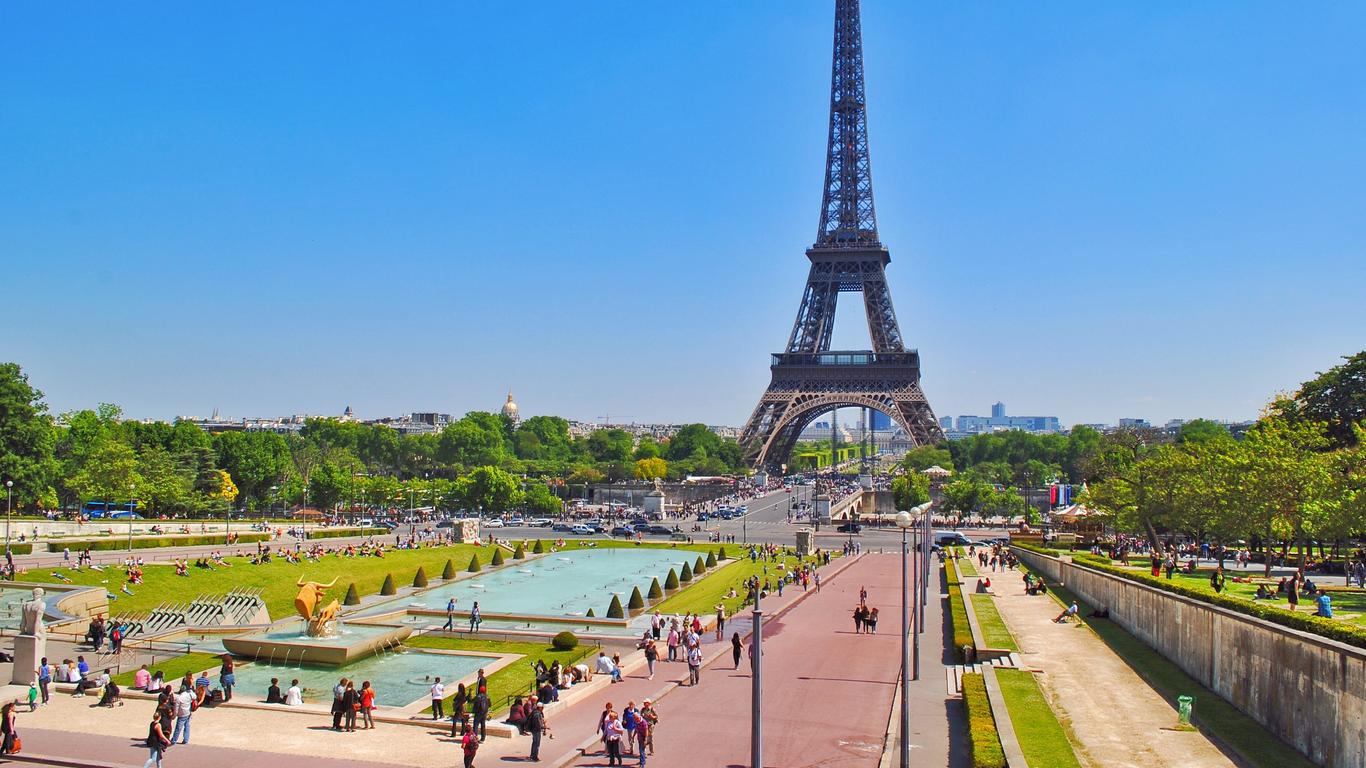Containing some of the most iconic landmarks, tourist attractions and classic French symbols of the city, the 7th Arrondissement of Paris is one of the most significant of the 20 administrative districts that make up the capital city. Located on the southern bank of the River Seine, it is a central district of Paris, containing famous monuments, celebrated museums and many important French institutions. Covering just over four kilometres squared, the district is one of the most affluent residential areas and most beautiful places to live, not only in Paris but all of France.
The most defining features of the district include the Eiffel Tower, possibly the most iconic monument in all of France, which visitors can also go inside, the Hotel des Invalides, the resting place of Napoleon, and the French National Assembly. Visitors can get a rounded sense of French art and culture by exploring the many famous museums, such as the Musee d’Orsay, a grand museum of 19th century artwork, the Musee Maillol and Musee Rodin. A typical place to relax in the district is the Champ de Mars, a large green space at the foot of the Eiffel Tower, popular for picnics at the base of the landmark, buskers and live music and large events. Visitors can also enjoy the River Seine in the 7th Arrondissement of Paris by walking along the promenade or relaxing on its banks, and the area is also full of cafes and bars to enjoy the classic Parisian experience.
The easiest way to travel to the 7th Arrondissement of Paris is by the city metro to stations such as Bir-Hakeim, or Champ de Mars, which both serve the Eiffel Tower area, or Invalides, which serves the museum region. There are also hop on hop off services along the River Seine, as Batobus routes travel up and down, stopping at major Paris landmarks.
The 7th Arrondissement of Paris has always been popular with the French aristocracy since high nobles moved to the area in the 17th century and built mansions in the urban centre. It became a fashionable district, drawing old and prestigious families, many of whose houses were overtaken as national institutions during the French Revolution. Although it lost its political influence, the area continued to stand as a centre of upper-class social life and held many Universal Exhibitions showcasing the beauty of the district.





